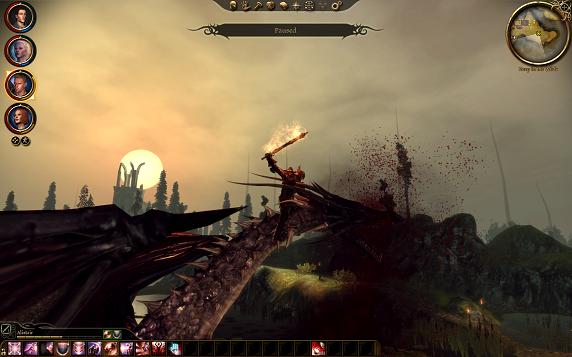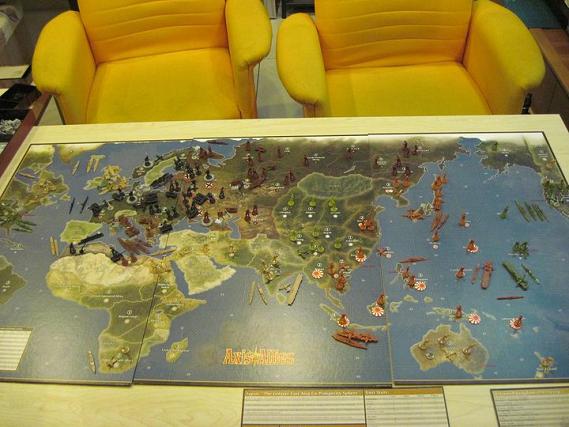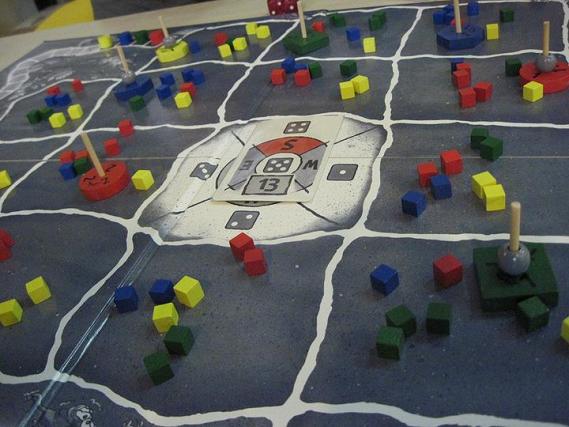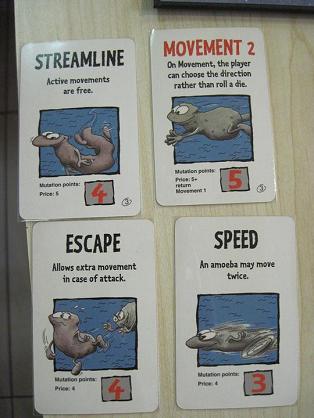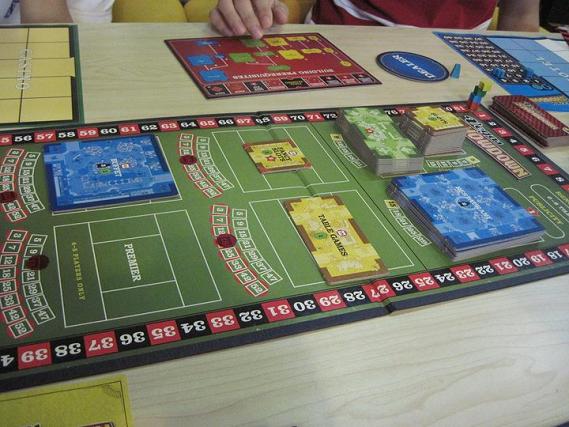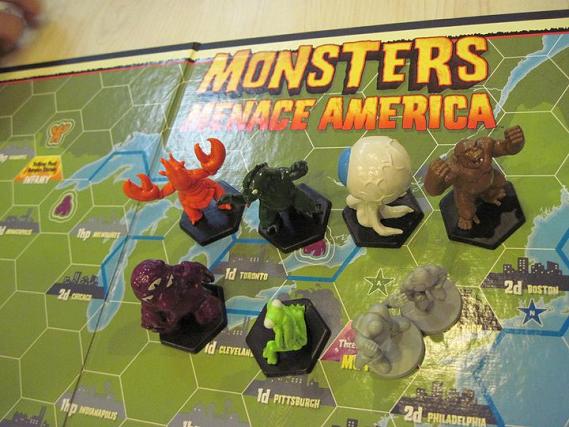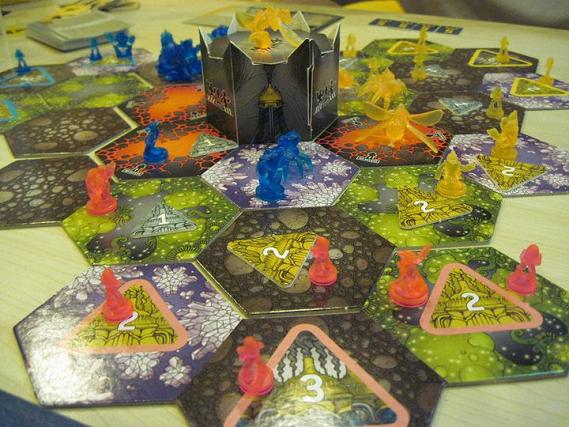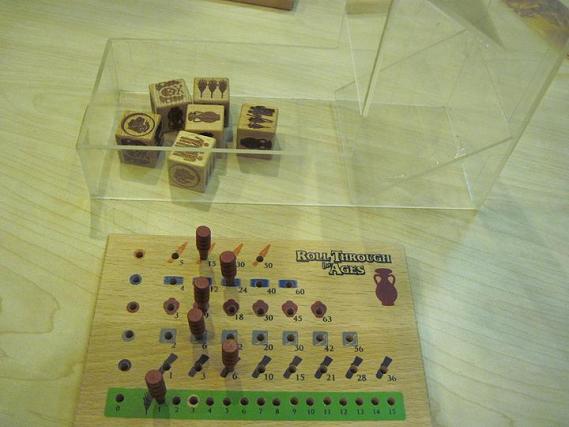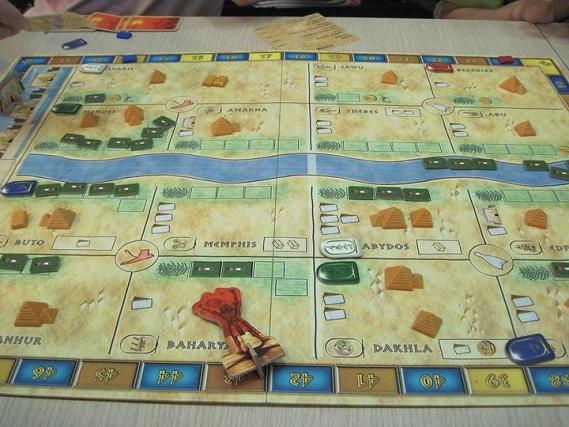
Oh look, it’s the Nile! The components are surprisingly nice in this game.
Reiner Knizia seems to be one of the most prolific designers in the boardgame industry, but none of his games that I’ve played so far have really appealed to me. In general, I’ve found his games to be neat, but too dry and nakedly mathematical for my tastes. Of course, I note that I have yet to play some of the staples such as Modern Art, Tigris & Euphrates or Blue Moon.
Amun-Re is one of the more elaborate of Knizia’s designs that I’ve played so far. Unlike the others, it also has much more of a substantial theme. The board depicts the various territories of Egypt arranged around the Nile. Offering more sacrifices to the local deity raises the flood waters, giving you more income from farming, but too much flooding eliminates income from trade caravans. It’s not much, but that’s already a lot better than many Euros.
The other thing that surprises me is the fairly substantial randomness in the power cards that you can get. Shan won this game and she told me later that she couldn’t have done it without drawing three or four of the cards that let you build a pyramid for only two stones. Each player gets one of these at the start of the game but I never managed to draw any more of these. Instead, I got a couple of cards that change the bidding rules up some for you and a couple of other cards that give you bonus income for one turn. From Sean’s comments, I expected the bonus cards to be a big deal but I never drew one so it didn’t matter for me either. They’re worth only three points anyhow and it must really suck to draw a bunch of them and know that you can only complete one.
The rest of the game is normal Euro stuff. Arguably the heart of the game is the auction for territories, but even here the rule that you can’t put in a higher bid for the same territory when someone outbids you encourages you to submit what you think it’s really worth to you the first time around. It’s a pretty neat twist to normal auction mechanics. The resource cost rules are interesting too, and essentially encourage you to buy a bit of everything each turn. The sacrifice phase is more normal. The more you offer, the more rewards you get, but you also have a bluffing card that effectively acts as a negative bid.
Overall, I don’t find the whole package very appealing at all, though it’s hard to say why. It’s just a bit too staid and the addition of the bit of chaos feels out of place in what is otherwise a game of very meticulous calculation. I don’t hate it or anything. It just falls a bit flat for me.
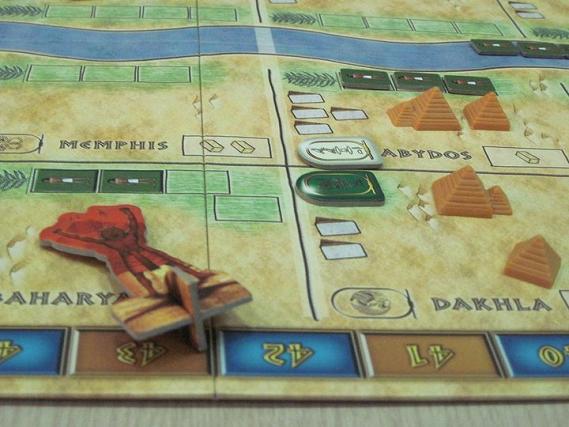
The little pyramids and the starting player marker that doesn’t quite stand up.
